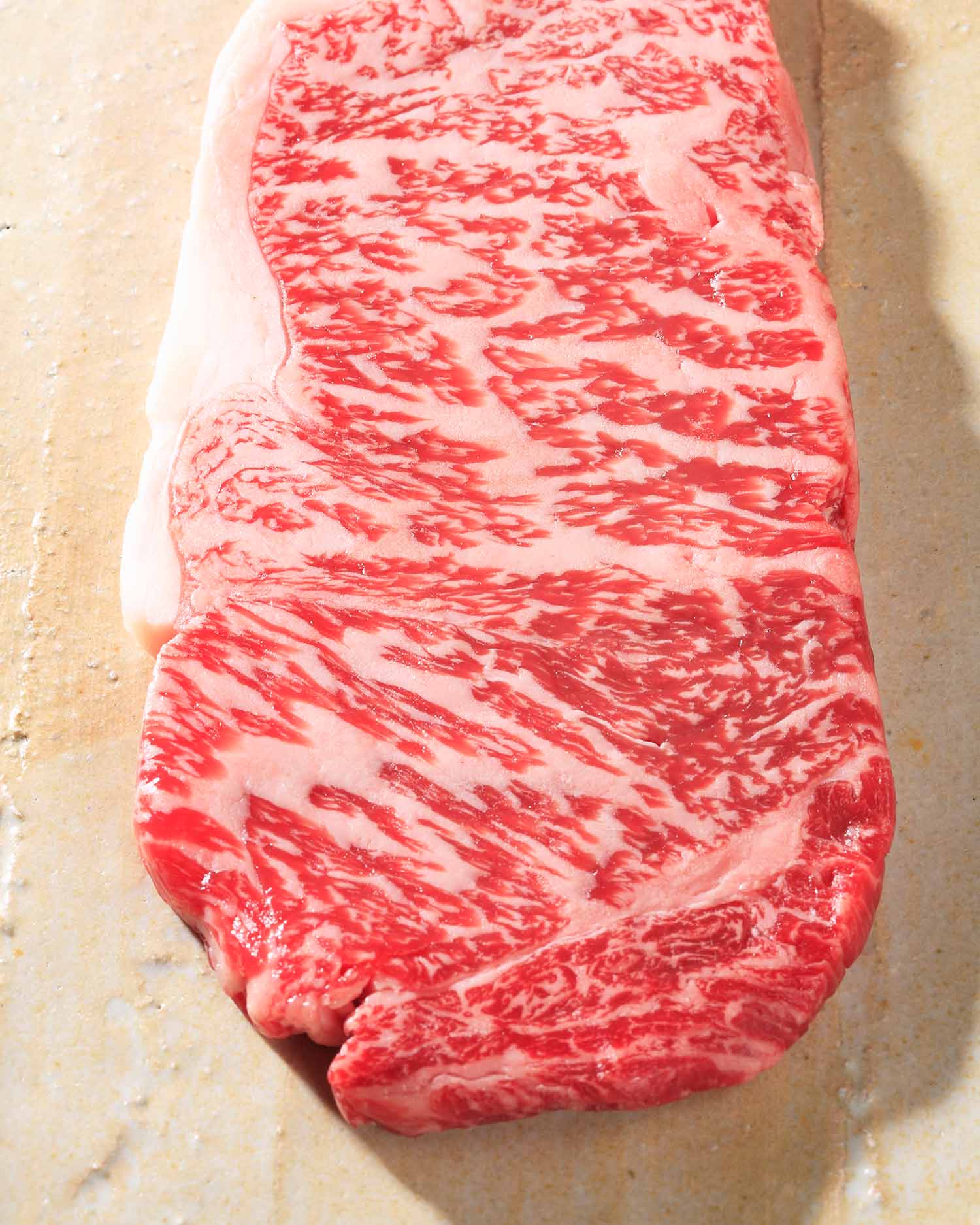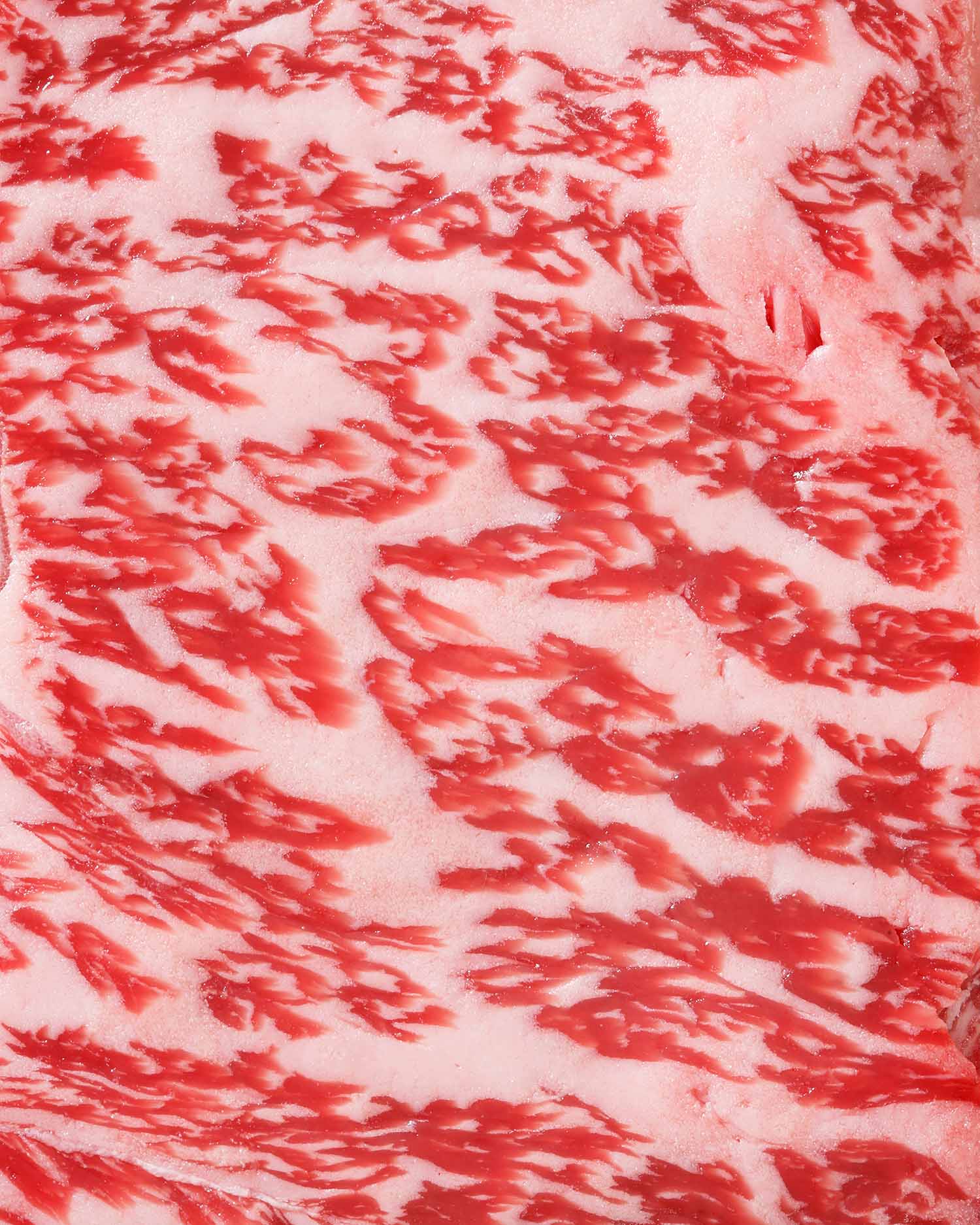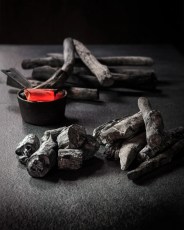When asked about the most common mistakes home cooks new to Japanese A5 Wagyu, Cameron Hughs, founder of Holy Grail Steak Co., says it has nothing to do with cooking ability.
“It basically comes down to not reading the instructions first,” Hughs says.
In fact, Hughes, whose company is one of America’s largest purveyors of Japanese A5 Wagyu, says it’s easier to cook the high-priced Japanese beef than a grocery store ribeye.

According to Hughes, the most common misstep is failing to recognize the differences between A5 beef and a standard cut.
Japanese A5 Wagyu requires little technical skill to cook properly but it does demand that you check your standard steak knowledge at the door.
This is how you cook the world’s most coveted steak, the right way.





